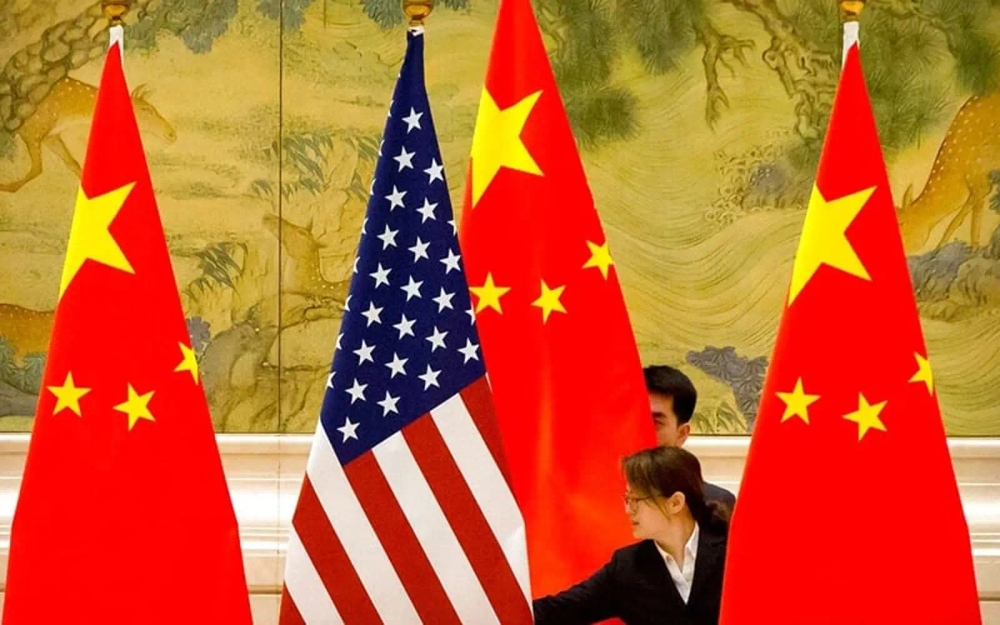Published
- 4 min read
China's Enduring Resilience in a Challenging Global Landscape

A Strategic Evolution in Global Affairs
China’s trajectory as a global superpower has faced numerous narratives, from relentless ascent to imminent decline. However, such deterministic views often oversimplify the adaptability and resilience that define China’s approach to global and domestic challenges. Rather than witnessing a retreat, the world is observing a recalibration—a shift that reaffirms China’s position as a critical player in the global arena.
Economic Recalibration: A Necessity, Not a Weakness
China’s economic growth over the past decades has been unparalleled, lifting millions out of poverty and reshaping global trade. While growth rates have moderated, attributing this to stagnation ignores the strategic choices made by Beijing to ensure long-term sustainability. Policies promoting technological innovation, green energy, and domestic consumption aim to reduce reliance on volatile global markets and low-margin manufacturing.
The push toward “dual circulation,” which emphasizes strengthening the domestic market while remaining engaged globally, reflects China’s commitment to adaptability. This pivot acknowledges demographic shifts and resource constraints but channels them into opportunities for innovation in sectors like AI, renewable energy, and advanced manufacturing.
Global Initiatives: Reinventing Influence Through Collaboration
Critics of China’s Belt and Road Initiative (BRI) often highlight the debt burdens it places on partner nations. However, the BRI remains a testament to Beijing’s ability to foster connectivity and economic integration. Projects under the initiative have helped many developing nations build critical infrastructure, creating mutual dependencies that strengthen China’s global influence.
Similarly, China’s active participation in BRICS and other multilateral frameworks demonstrates its intent to shape a multipolar world. By aligning with emerging economies, China is fostering alliances that challenge the traditional dominance of Western institutions.
Demographics and Workforce: Turning Challenges Into Opportunities
China’s aging population and shrinking workforce are undeniable hurdles, yet they also open avenues for transformation. The government’s investments in automation, robotics, and digital infrastructure aim to offset labor shortages while maintaining productivity. Furthermore, policies like the three-child initiative signal efforts to address demographic imbalances over the long term.
In education and skill development, China is leveraging its vast resources to produce a workforce prepared for the demands of a knowledge-based economy. These efforts suggest that the country’s demographic challenges, while significant, are not insurmountable.
Geopolitical Strategy: Maintaining Stability Amid Tensions
China’s geographic position has historically been both a strength and a vulnerability. Surrounded by diverse nations and critical trade routes, Beijing has managed its borders and relationships with a mix of diplomacy and assertiveness. Recent actions in the South China Sea and border regions have drawn criticism, but they also underscore China’s resolve to secure its strategic interests.
Rather than viewing these moves as signs of desperation, they reflect Beijing’s long-standing emphasis on territorial integrity and regional dominance. Through initiatives like the Regional Comprehensive Economic Partnership (RCEP), China is fostering economic interdependence with neighboring countries, countering narratives of isolation.
Resilience in Global Trade Dynamics
Despite headwinds, China remains the world’s manufacturing hub and a critical link in global supply chains. The nation’s capacity to adapt to shifting trade dynamics and its emphasis on technological leadership ensure it remains indispensable to global commerce.
China’s investments in green technologies and rare earth minerals position it as a leader in sectors critical to the global energy transition. By focusing on industries of the future, Beijing is ensuring its continued relevance even as traditional growth engines evolve.
The Path Forward: A Balancing Act
China’s future lies in its ability to balance internal challenges with external pressures. As it adapts to an evolving global landscape, the country is likely to focus on:
- Strengthening domestic resilience: Investments in infrastructure, technology, and social welfare aim to maintain stability and public confidence.
- Expanding strategic partnerships: Collaborations with nations in Africa, Latin America, and Southeast Asia provide growth opportunities and diplomatic leverage.
- Navigating U.S.-China relations: While tensions remain high, economic interdependence between the two powers could drive pragmatic engagement over outright confrontation.
A World of Adaptability and Influence
China’s current phase is not a decline but a recalibration. Its capacity to adapt, innovate, and lead in emerging industries underscores its enduring relevance in global affairs. While challenges exist, they also provide opportunities for growth, collaboration, and transformation.
As the world watches China’s next moves, it is clear that the country’s influence and adaptability remain central to the global balance of power.
